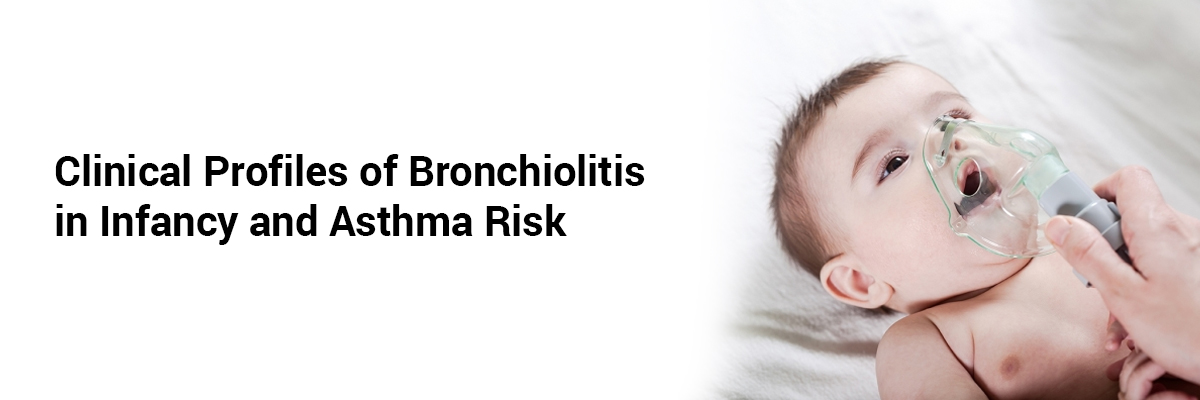
 IJCP Editorial Team
IJCP Editorial Team
Clinical Profiles of Bronchiolitis in Infancy and Asthma Risk
A recent multinational study has identified four distinct clinical patterns of bronchiolitis in infancy, which also predict asthma risk later in childhood.¹
Researchers from the US, France, and Finland analyzed data from three multicenter, prospective cohorts (MARC-30 USA, MARC-35, and MARC-30 Finland) under the Multicenter Airway Research Collaboration (MARC). The study included 3,081 infants hospitalized with severe bronchiolitis, with the dual objective of characterizing the heterogeneity of severe bronchiolitis and examining its association with future asthma.
Four clinical profiles were identified:
- Profile A (13%; n=388): History of breathing problems and eczema, high prevalence of rhinovirus and non-RSV infections.
- Profile B (34%; n=1,064): “Classic” RSV-induced bronchiolitis with hallmark wheezing and cough.
- Profile C (32%; n=993): Severely ill infants with marked retractions, poor oral intake, and longer hospitalization.
- Profile D (32%; n=993): Mildest presentation, little history of breathing problems, mild or no retractions, but inadequate oral intake.
By 6–7 years of follow-up, the overall incidence of asthma was 23%. Among the profiles, infants in Profile A had the highest risk, with a 2.5-fold increased likelihood of developing asthma compared with the reference Profile B.
The investigators also developed a decision rule using four factors—RSV infection, history of breathing problems, history of eczema, and parental history of asthma—to identify infants most at risk (Profile A). These infants were more likely to be older, have a parental history of asthma, and notably, none had solo-RSV infection.
This study highlights that viral bronchiolitis is not a uniform disease but a heterogeneous condition with distinct phenotypes. It demonstrates that specific profiles confer varying risks for subsequent asthma and validates a prediction tool that can help clinicians stratify risk early in life. Importantly, these findings pave the way for profile-specific preventive strategies, such as targeted prophylaxis against severe viral infections.
Reference
1. Fujiogi M, et al. Identifying and predicting severe bronchiolitis profiles at high risk for developing asthma: Analysis of three prospective cohorts. EClinicalMedicine. 2022;43:101257. doi:10.1016/j.eclinm.2021.101257

IJCP Editorial Team
Comprising seasoned professionals and experts from the medical field, the IJCP editorial team is dedicated to delivering timely and accurate content and thriving to provide attention-grabbing information for the readers. What sets them apart are their diverse expertise, spanning academia, research, and clinical practice, and their dedication to upholding the highest standards of quality and integrity. With a wealth of experience and a commitment to excellence, the IJCP editorial team strives to provide valuable perspectives, the latest trends, and in-depth analyses across various medical domains, all in a way that keeps you interested and engaged.


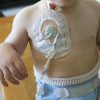
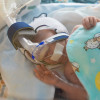






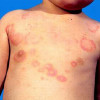
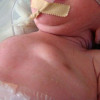


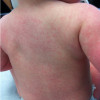



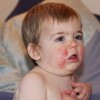

Please login to comment on this article